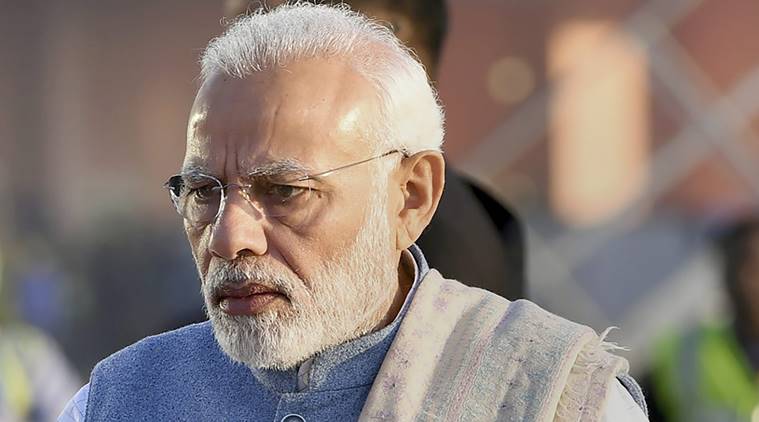Across the Aisle: Rafale verdict and the unavoidable option
In case of Manohar Lal Sharma vs Narendra Damodardas Modi and other cases (Rafale deal cases) the judgment of the Supreme Court pronounced on December 14, 2018, will be remembered more for the questions that the Court did not decide than for the questions that were decided.

A judgment is an authority for what it decides — the ratio — and not for what may logically follow from the decision. That’s a settled principle of law.
In the case of Manohar Lal Sharma vs Narendra Damodardas Modi and other cases (the Rafale deal cases) the judgment of the Supreme Court pronounced on December 14, 2018, will be remembered more for the questions that the Court did not decide than for the questions that were decided.
The Court’s approach was pretty simple and straightforward: there are severe limits to the Court’s jurisdiction while examining a case of defence procurement. Lest the point was lost on the average reader, the Court concluded the judgment with the following words: “We however make it clear that our views as above are primarily from the standpoint of the exercise of jurisdiction under Article 32 of the Constitution of India which has been invoked in the present group of cases.”
Limits of Jurisdiction
The lesson is clear: the petitioners erred in invoking the jurisdiction of the Supreme Court under Article 32 of the Constitution. Practically every conclusion declining to examine or decide the key issues in dispute followed from the conclusion regarding the jurisdictional limits of the Court.

No hay comentarios:
Publicar un comentario